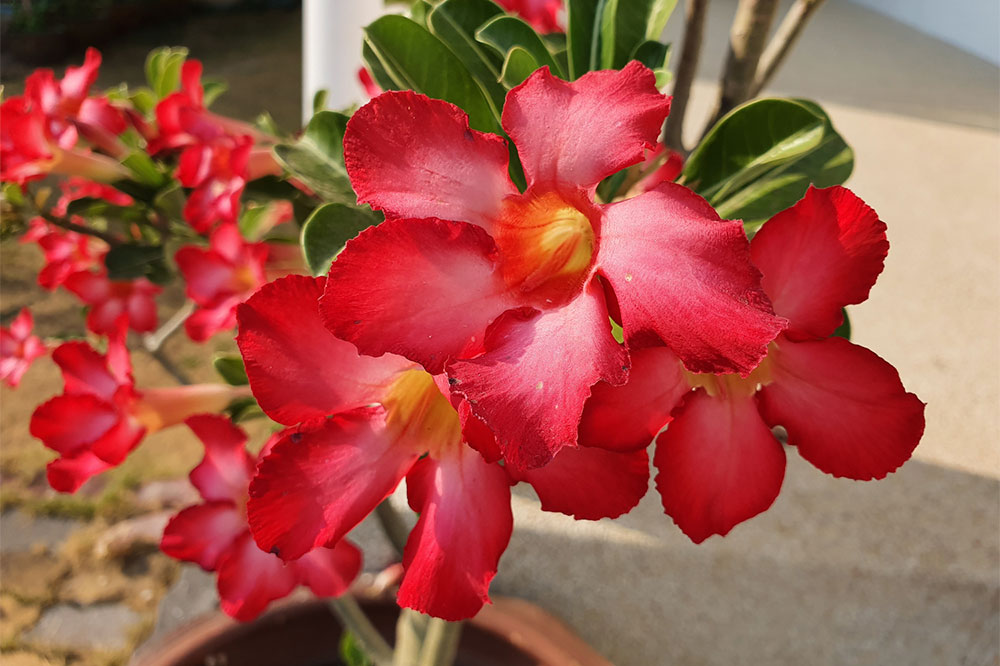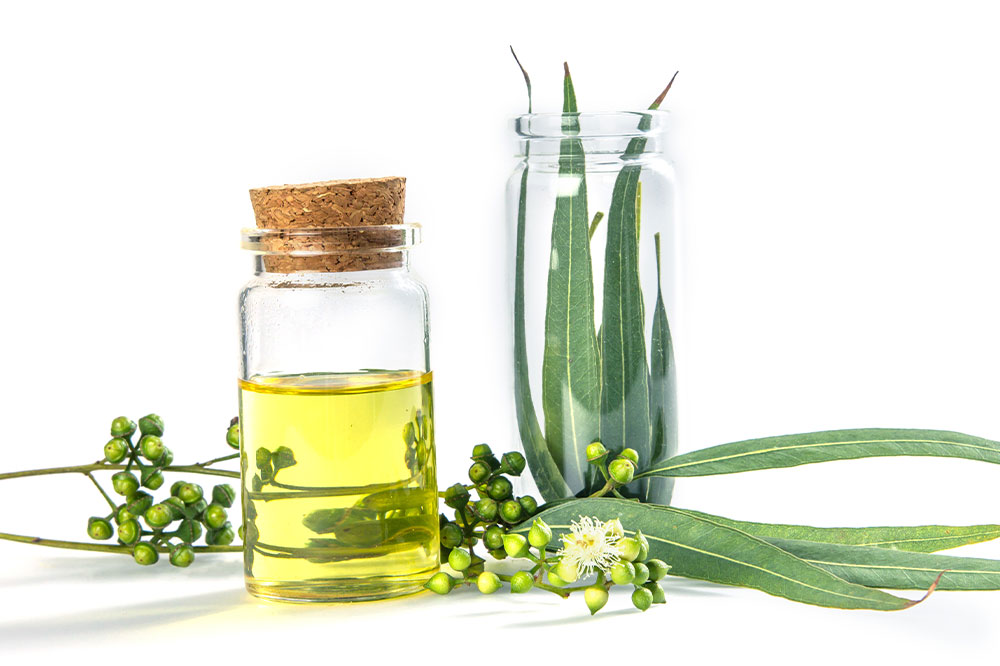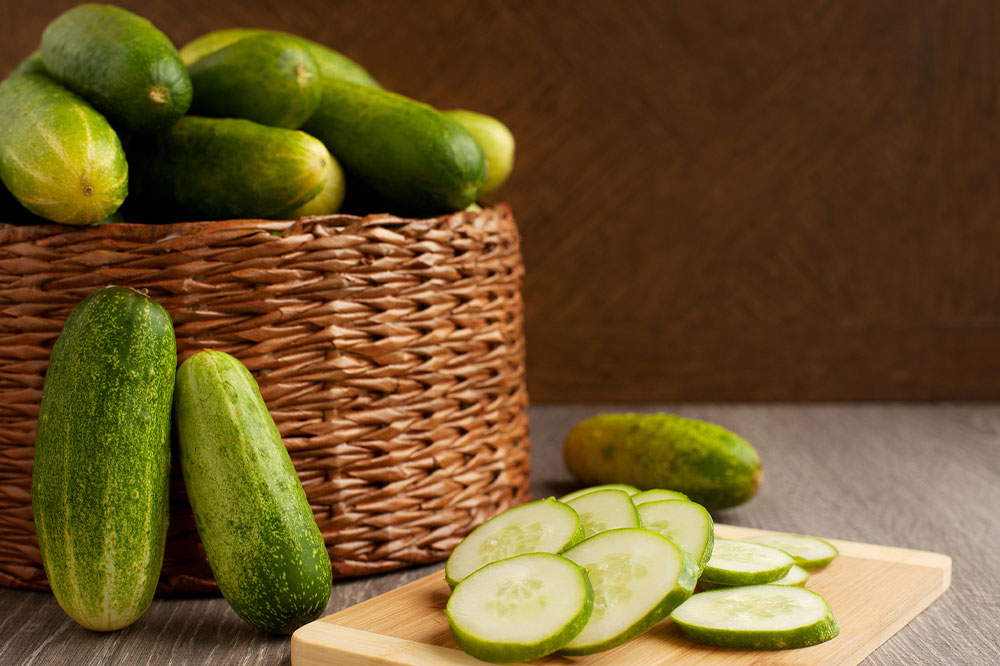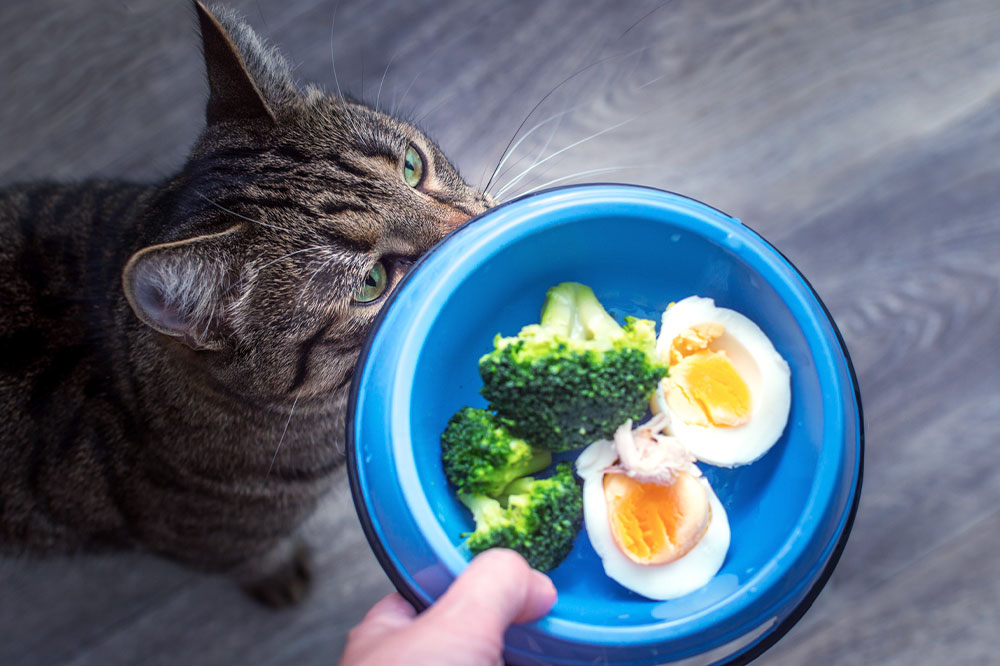7 popular plants that are dangerous for cats

Many people decorate their homes with indoor plants. But if you are a cat parent, your plant obsession can inadvertently harm your feline friend. Most plants are safe for cats to play and prod, but a few are dangerous. Eating or coming into contact with them can lead to unexpected consequences, mainly because of their poisonous compounds. Below we have listed seven such toxic plants that you must keep out of your cat’s reach:
Azaleas
A part of the rhododendron family, Azaleas are one of the most beautiful houseplants that can transform your living space. However, the slightest nibbles out of their leaves can cause serious heart problems in your cat. It can sometimes aggravate into a coma and even be fatal. Milder side effects of rhododendron ingestion include vomiting, weakness, diarrhea, drooling, and a lack of apatite.
Hydrangeas
Hydrangeas are common in flower arrangements in home gardens. Although the plant is toxic to cats because of its chemical content, it is not as dangerous. Only ingesting a large amount of the plant can cause damage. Nevertheless, they pose a threat, so avoid having them around your pets. If you grow hydrangeas in your garden, ensure your cat never wanders near it and keeps a safe distance.







